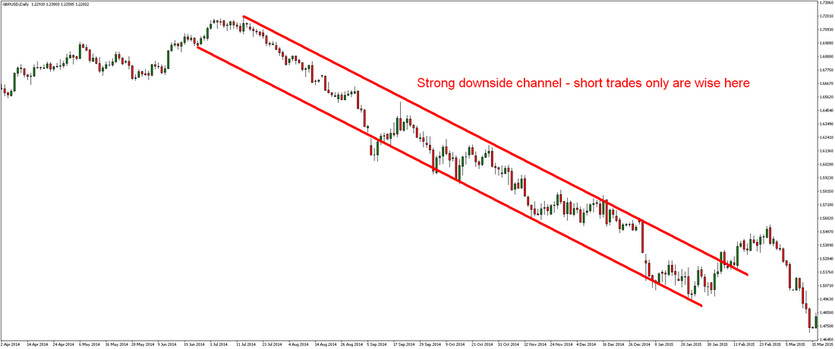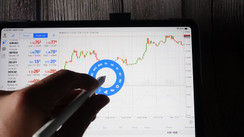The most successful forex traders are the ones who establish effective forex risk management strategies. Risk management is the practice of minimizing potential losses by observing certain precautions each time a trade is placed.
Traders who ignore risk management eventually end up losing more than necessary. Several steps must be taken to protect your portfolio if you would like to be a successful forex trader.
Here are a few important steps that every trader can take to minimize potential losses and preserve their investment capital.
Step 1 – Only Risk What You Can Afford to Lose
Before entering into forex trading, every trader should realize that forex trading is inherently risky. Since the market can move in any given direction at any given time, the risks involved tend to be high. With that being said, no forex trader should risk more than they can afford to lose.
In other words, only risk capital should be invested into forex trading. It is a bad idea to invest your life savings into forex trading in hopes of making you rich.
It is also not a good idea to use money that has been earmarked for essentials such as household expenses. If no risk capital is available, it is best not to trade on the forex market since there is a high chance of losses. In that case you can start by gaining important trading education and experience from demo account, and start real trading as soon as you really have capital that you can afford to loose.
Step 2 – Carefully Choose the Size of Each Trade
The best traders decide ahead of time, the maximum proportion of their account that they are willing to risk on each trade. This may be a percentage or a fixed amount.
In either case, the amount chosen must take your overall portfolio size into consideration. For example, if your account balance is $1000, it is not wise to allocate $300 per trade to risk since you could blow that account in just a few trades if the market moves against you.

A better trade risk may be $30 per trade or 3% of account balance. Long-term forex traders usually recommend to not risk more than 5% per each trade.
Step 3 – Minimize Leverage
While high levels of leverage may be what makes forex trading attractive, it is also what magnifies potential losses. Even though a broker may offer high leverage of up to 1:200, there is no need to use all the leverage available.
Leverage offerings can go up to as high as 1:1000 in some countries. In that case you even most probably do not trade the real market, but only against one market maker.
From practical point of view - bear in mind that the more leverage used, the more a trader stands to lose on each trade (in case that most of the leverage is used and simply risked too much). Protect your account by minimizing the use of leverage. The smaller the lot size, the less is risked with each trade.
Step 4 – Minimize Losses with Stop Losses
In forex trading, using stop losses will help to minimize the potential losses on each trade. But it is important that traders are consistent in using the stop losses. A stop loss should be used with every single trade in order to ensure that no more than necessary is lost. If trades don’t go as expected, stop losses will help to cut losses.
However, it is also important to say that stop-losses have to be placed correctly. If not, then your trades will simply get stopped out too soon. You can read more about how to place stop-loss orders correctly here .
Step 5 – Do Not Trade Against the Trend
Traders who consistently trade against the established trend, tend to lose more often than traders who trade with the main trend. It is therefore not wise to trade against the trend unless there is a compelling reason to do so such as the expectation of a trend reversal.
Never take a trading stance that is set in concrete if it results in you trading against the established trend. Doing so is equivalent to swimming against the tide. Inevitably, you will be washed away by the strong currents that are going against you.

The only situation when it is a good idea to go against current market move is when a market is in a range (or sideway) trend. In that case, going long near the bottom of the range, and vice versa, usually brings the most profitable results.
Conclusion
Forex risk management is something that every trader should observe in order to minimize risk and cut losses in order to let your trading account grow. Good risk management involves risking only what you can afford to lose, carefully choosing the size of each trade, minimizing the use of leverage, minimizing losses by using stop losses, and avoiding trading against established trends.
By observing these steps, a forex trader can better preserve their capital and avoid losing money unnecessarily. The most successful forex traders trade by consistently incorporating risk management strategies into each and every trade.





